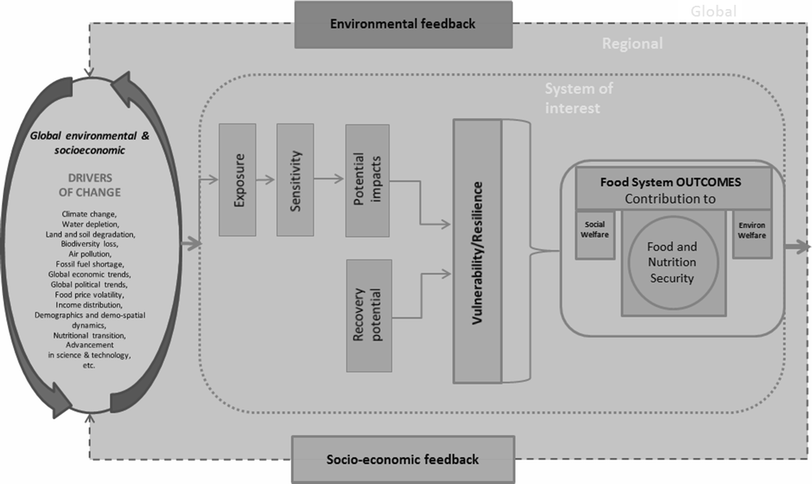Lenovo ThinkPad E14 20RA004YUS 14' Notebook - 1920 x 1080 - Intel Core i5 (10th Gen) i5-10210U Quad-core (4 Core) 1.60 GHz - 8 GB RAM - 256 GB SSD - Black - Windows 10 Pro - Intel UHD Graphics - In-plane Switching (IPS) Technology - English Keyboard - 12.80 Hour Battery Run Time - IEEE 802.11ac Wireless LAN Standard 8GB 256GB SSD 14IN W10P. Ingram Micro United States English. Corporate English.
Drivers Ingram System Office
Ingram Micro United States|English.
View Peter Spain’s professional profile on LinkedIn. LinkedIn is the world’s largest business network, helping professionals like Peter Spain discover inside connections to recommended job candidates, industry experts, and business partners.
Global

Europe
- Austria[Deutsch]
- Belgium[English]
- Българи / Bulgaria[български език]
- Česká Republika / Czech Republic[Česky]
- Србија / Serbia[Српски језик]
- Deutschland / Germany[Deutsch]
- Spain [Español]/Spain [English]
- Finland[Suomi]
- France [Francais]/France [English]
- Ἑλλάς/Greece[ελληνικά]
- Groussherzogtum Lëtzebuerg/Luxemburg[Lëtzebuergesch]
- Italy [Italiano]/Italy [English]
- Kongeriget Danmark / Denmark[Dansk]
- Latvijas Republika/Latvia[Latviešu Valoda]
- Lietuvos Respublika/Lithuania[Lietuvih Kalba]
- Lýðveldið Ísland/Iceland[Islenska]
- Repubblika ta' Malta/Malta[Malti]
- Magyar Köztársaság / Hungary[Magyar]
- Nederland / Netherlands [Nederlands]/Nederland / Netherlands [English]
- Norge / Norway[Bokmål]
- Република Македонија / Macedonia[Македонски јазик]
- Polska / Poland[Polska]
- Portugal[Português]
- Россия / Russia[Русский]
- Hrvatska / Croatia[Hrvatska]
- Romênia / Romania[Romênă]
- Schweiz / Switzerland[Deutsch]
- Slovenská Republika / Slovak Republic[Slovenčina]
- Sverige / Sweden [English]/Sverige / Sweden [Swedish]
- Türkiye / Turkey[Türkçe]
- United Kingdom[English]
- Switzerland [English]/Switzerland [Deutsch]
North America
- Canada [English] / Canada [Français]
- Miami (Export)[English]
- United States[English]
Latin America
- Argentina[Español]
- Brasil / Brazil[Português]
- Chile [Español]/Chile [English]
- Mexico[Español]/Mexico [English]
- Miami (Export)[English]
Asia Pacific
- Australia[English]
- 中国 / China[简体中文]
- Hong Kong[English]
- India[English]
- Malaysia[Bahasa Melayu [ملايو بهاس]
- New Zealand[English]
- Republic of Singapore[English]
- Thailand [English]/Thailand [Thai]
- Indonesia[Bahasa Indonesia]
ADVERTISEMENTS:
This article throws light upon the six main components of a system. The components are: 1. Sub-System 2. Synergy 3. Open and Closed Systems 4. System Boundary 5. Flow 6. Feedback.
Component # 1. Sub-System:

Each part of the bigger whole is a sub-system. These parts make the whole organisation. Each sub-system is part of the larger system which, in turn, is subsystem of a still larger system. For example, department is a sub-system of the organisation which is a sub-system of the industry, which, further is a sub-system of the national economy which is a sub-system of the world economy.
Component # 2. Synergy:
The sum total of parts is less than that of the whole. If every department works independently, total output would be less than what is produced by them together. Synergy defines relationships amongst all parts of the organisation e.g., if production and marketing departments have independent sub-departments to provide them finance or labour, it will be less efficient than a system where both (production and marketing department) are connected with one finance or personnel department of the organisation as a whole.
ADVERTISEMENTS:
Thus, systems approach does not just talk of the parts and their sub-parts but also their arrangement. All the parts and sub-parts are arranged in such a manner that output of the whole (achieved through coordination amongst subsystems) is more than the total of the output of individual parts.
Component # 3. Open and Closed Systems:
System can be open or closed. Open system actively interacts with the environment. It receives inputs as raw material, labour, capital, managerial and technical expertise from the environment and sells outputs (goods and service) to the society. The Government (framing the policies and imposing taxes) and competitors also interact with business organisations.
A closed system has no or very little interaction with the environment. Practically, all organisations are open systems though degree of openness with the environment varies according to nature of their operations. A manufacturing organisation, for example, is far more open than a religious organisation (a temple or a church).
Component # 4. System Boundary:
Each system has a boundary that separates it from the environment. The world outside the boundary of the system is its environment. This boundary is overlapping (flexible) in case of open system and non-flexible (rigid) in case of a closed system. More the interaction of an organisation with its environment, more flexible is its boundary. System boundaries are increasingly flexible in the modern world.
Component # 5. Flow:
ADVERTISEMENTS:
It represents the movement of inputs (men, material, money, machine etc.) into the system from the environment, their transformation into outputs (goods and services) and supply of outputs to the environment.
Component # 6. Feedback:
Feedback mechanism helps in knowing whether or not output is accepted by the environment. The information is feedback to the organisation so that organisational operations can be assessed and if need be, corrected. Feedback means response of the environment to organisational outputs.
Drivers In System
The systems approach to management is diagrammatically represented as follows:
Drivers Ingram System Administrator
 Related Articles:
Related Articles:- System Approach Theory of Management: Features and Evaluation
- Contingency Theory of Management: Features, Evaluation and Limitation
- Components of Classical Theory of Management
- Graicunas Theory on the Span of Management | Theories | Management
